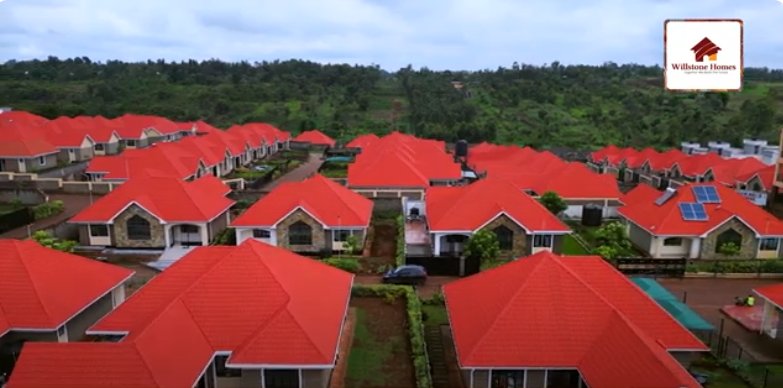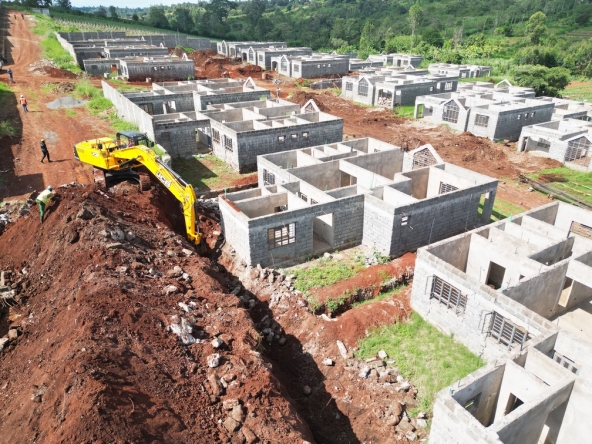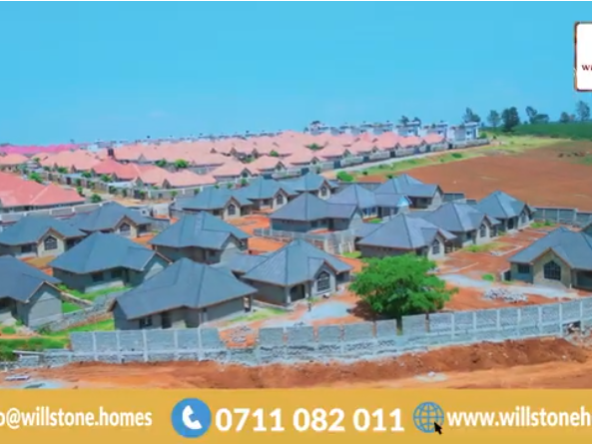The Kenya Real Estate Market 2025 is poised for significant transformation, with forecasts projecting a total market value of KES 773.02 billion. Driven by rapid urbanization, a growing middle class, and renewed government efforts toward affordable housing, the sector is evolving at an unprecedented pace. Residential developments continue to dominate, as demand for well-located, modern, and affordable housing rises sharply across urban centers. Investors, developers, and policymakers are increasingly aligning with this momentum to meet the country’s critical housing and infrastructure needs.
Market Overview
The residential segment dominates Kenya’s real estate market, expected to reach a volume of KES 693.88 billion by 2025. From 2025 to 2029, the market is anticipated to experience a compound annual growth rate (CAGR) of 5.12%, culminating in a market volume of KES 944.09 billion by 2029.
Kenya Real Estate Market Key Indicators (2024–2029)
| Indicator | 2024 (Est.) | 2025 (Proj.) | 2029 (Proj.) |
|---|---|---|---|
| Total Market Value (KES Billion) | 735.00 | 773.02 | 944.09 |
| Residential Segment (KES Billion) | 655.00 | 693.88 | ~830.00 |
| Annual Housing Demand (Units) | 250,000 | 260,000 | 280,000+ |
| Annual Housing Supply (Units) | 50,000 | 55,000 | 65,000 |
| Housing Deficit (Cumulative Units) | 2,000,000+ | 2,200,000+ | 2,400,000+ |
| Urbanization Rate (%) | 4.4% | 4.5% | 4.7% |
| Sector Contribution to GDP (%) | ~8.5% | 8.6% | 9.0% (est.) |
Urbanization and Housing Demand
Kenya’s urbanization rate stands at approximately 4.4% annually, surpassing the global average of 1.8%. This rapid urban growth has intensified the demand for housing, particularly in urban centers like Nairobi, Mombasa, and Kisumu. The country’s population is projected to reach 52.4 million by the end of 2024, further exacerbating the housing shortage.
Currently, Kenya faces an annual housing demand of 250,000 units, yet only about 50,000 units are developed each year, predominantly targeting the high-end market. This leaves a deficit of 200,000 homes annually, with an accumulated shortfall of over 2 million units.
Kenya Real Estate Market 2025: Government Initiatives
To address the housing deficit, the Kenyan government has implemented several initiatives:
- Affordable Housing Program (AHP): Launched under the “Big Four” Agenda, aiming to construct 500,000 affordable homes across the country within five years.
- Affordable Housing Act 2024: Establishes the Affordable Housing Fund, providing a legal framework and funding for the development and maintenance of affordable housing and associated infrastructure.
- Public-Private Partnerships (PPPs): Encouraging collaboration between the government and private developers to deliver affordable housing through joint ventures, tax incentives, and streamlined approval processes.
Challenges in the Housing Sector
Despite these efforts, several challenges persist:
- High Construction Costs: Elevated land prices and construction costs make it difficult to develop affordable housing units.
- Limited Access to Financing: High interest rates, ranging from 18% to 22% for local developers, hinder the affordability of housing projects.
- Informal Settlements: Approximately 46.5% of Kenya’s urban population resides in slums, highlighting the urgent need for affordable housing solutions.
Read Also: Compressed Stabilized Earth Blocks (CSEB) Transforming Kenya’s Real Estate Landscape
Investment Opportunities
The real estate sector contributes 8.6% to Kenya’s GDP, underscoring its significance in the national economy. With the government’s focus on infrastructure development and urban planning, opportunities abound for investors in affordable housing projects, particularly in emerging urban areas.
As the Kenya Real Estate Market 2025 expands, it presents immense opportunities and urgent challenges. While strong growth projections and government-backed initiatives point toward a promising future, bridging the housing deficit and ensuring affordability remain top priorities. Success will depend on innovative financing, inclusive urban planning, and sustained collaboration between public and private stakeholders. With the right policies and investments, Kenya’s real estate sector can become a leading driver of economic resilience and social equity over the next decade.




